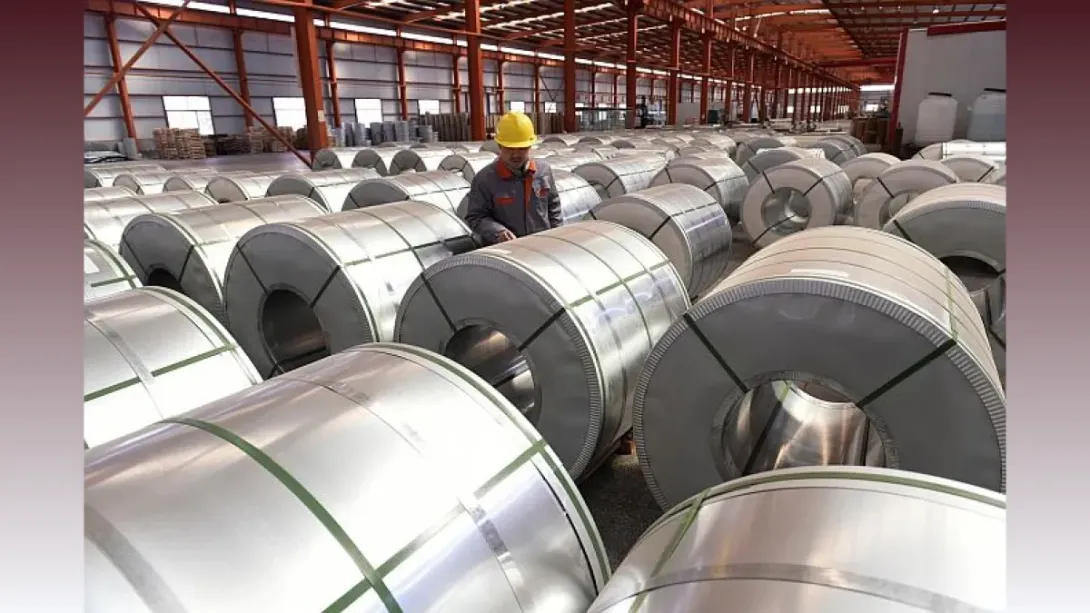India has unveiled an ambitious long-term blueprint to transform its aluminium sector, aiming to scale up domestic production six times by 2047. The newly released Aluminium Vision Document, launched by Union Minister G. Kishan Reddy at a mining conference in Hyderabad, lays out a comprehensive roadmap focused on increasing bauxite output, enhancing recycling rates, ensuring raw material security, and adopting low-carbon technologies. The initiative is aligned with the national agenda of achieving a developed, resource-resilient economy by 2047. Industry leaders, including Vedanta Aluminium, have endorsed the document, underscoring aluminium’s critical role in India’s net-zero and economic goals.
A Strategic Leap for India’s Aluminium Industry
India’s Ministry of Mines has introduced a sweeping plan to elevate the country’s aluminium industry into a globally competitive and environmentally responsible sector. The Aluminium Vision Document 2047, launched at the International Conference on Sustainable and Responsible Mining in Hyderabad, represents a milestone in India's resource development strategy.
Speaking at the event, Union Minister for Coal and Mines G. Kishan Reddy stated that the document reflects a commitment to a self-reliant, resource-secure India and positions aluminium as a cornerstone in the national economic transformation narrative.
Key Objectives of the Vision Document
The roadmap outlines multiple targets aimed at unlocking India’s full potential in aluminium production:
- Sixfold Growth in Aluminium Output: The country aims to significantly enhance aluminium production by 2047, a target year that marks India’s centenary of independence.
- Bauxite Mining Expansion: Plans include increasing bauxite production capacity to 150 million tonnes per annum (MTPA), a critical move given bauxite’s status as the primary raw material for aluminium.
- Doubling Recycling Rates: India aims to improve its aluminium recycling rate, supporting both sustainability and circular economy goals.
- Policy and Institutional Reform: The government plans to introduce targeted policy frameworks to secure raw materials and enhance ease of doing business in the mining and metals sector.
- Embracing Low-Carbon Technologies: The roadmap advocates for widespread adoption of green technologies across the aluminium value chain to reduce carbon intensity and align with national climate targets.
Aligning with Viksit Bharat and Net-Zero Goals
The aluminium strategy dovetails with Prime Minister Narendra Modi’s vision for a Viksit Bharat (Developed India) by 2047, and the country’s net-zero ambitions. By fostering a globally competitive aluminium sector, the government aims to ensure energy security, infrastructure growth, and enhanced manufacturing capabilities.
Minister Reddy emphasized that aluminium will be pivotal to building an energy-resilient and technologically advanced India. The focus on responsible mining and sustainable production practices also signals the government’s resolve to strike a balance between growth and environmental stewardship.
Industry Perspective: Aluminium as the Metal of the Future
In a supporting statement, Rajiv Kumar, CEO of Vedanta Aluminium, lauded the vision document as a timely intervention. According to Kumar, aluminium is no longer just a raw material but a strategic enabler for India’s trajectory towards a USD 30-trillion economy, net-zero carbon future, and enhanced global manufacturing competitiveness.
He noted that despite being the world’s second-largest aluminium producer, India accounts for only 6% of global output, signaling vast untapped potential. The Vision 2047 document serves as both a call to action and a policy anchor to bridge this gap.
Vedanta Aluminium, a subsidiary of Vedanta Ltd, is currently the country’s largest aluminium producer, accounting for over half of India’s total production, with 2.42 million tonnes manufactured in FY25.
Conclusion: Laying the Foundation for Industrial Resurgence
India’s Aluminium Vision Document 2047 is more than a sector-specific plan—it is a blueprint for industrial transformation. As the country moves toward its centennial milestone, aluminium will play a vital role in powering clean energy systems, transportation infrastructure, and digital technologies. The strategic intent, if matched by execution and regulatory consistency, could well position India as a global aluminium powerhouse.
With policy alignment, technological innovation, and robust private-sector participation, this initiative has the potential to shape the future of India’s mining and manufacturing economy—secure, sustainable, and globally competitive.

Comments